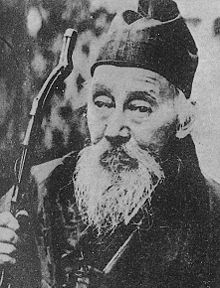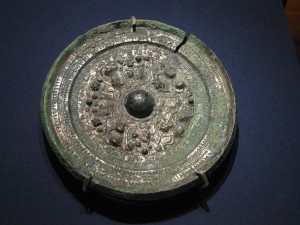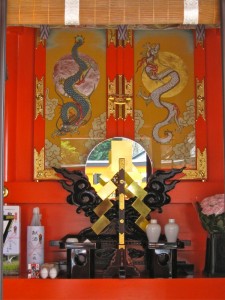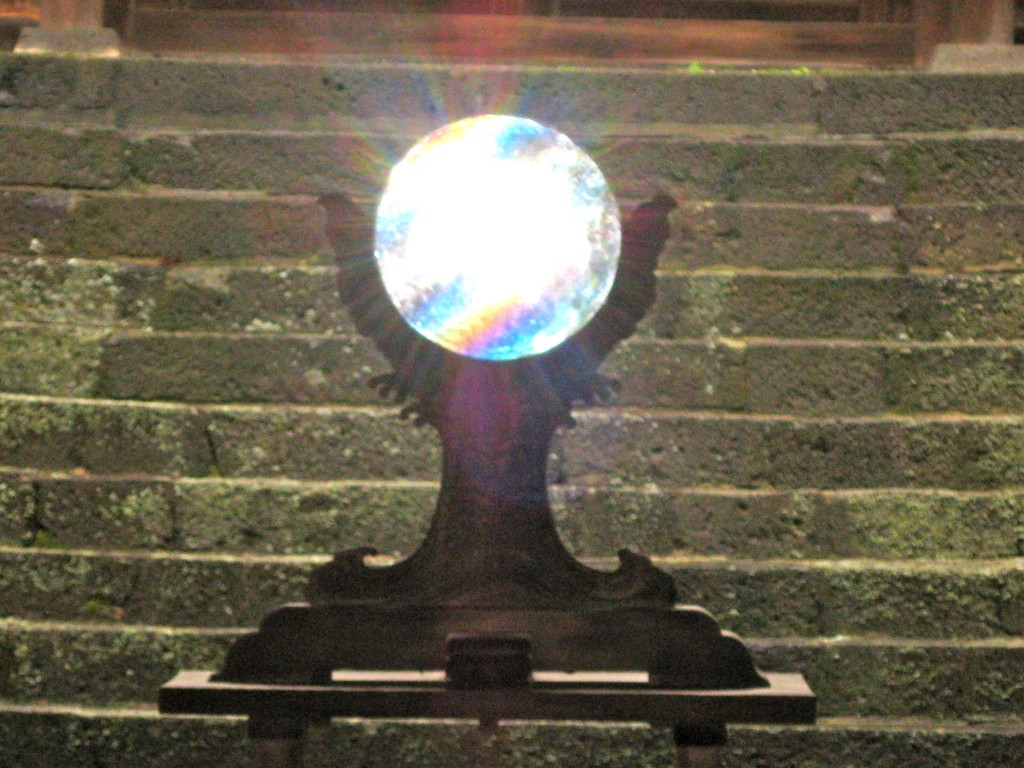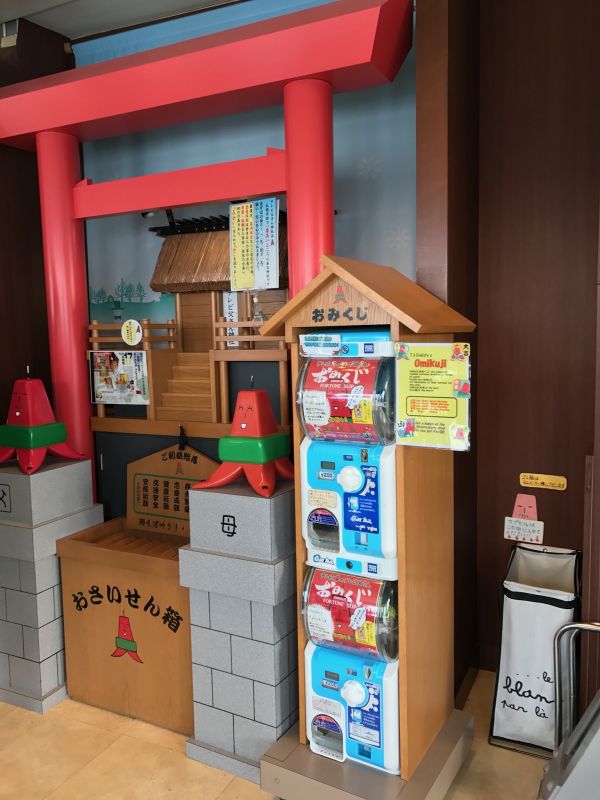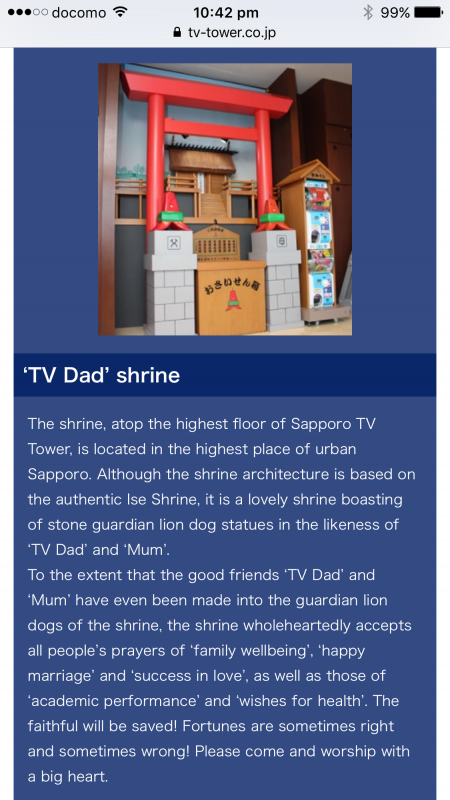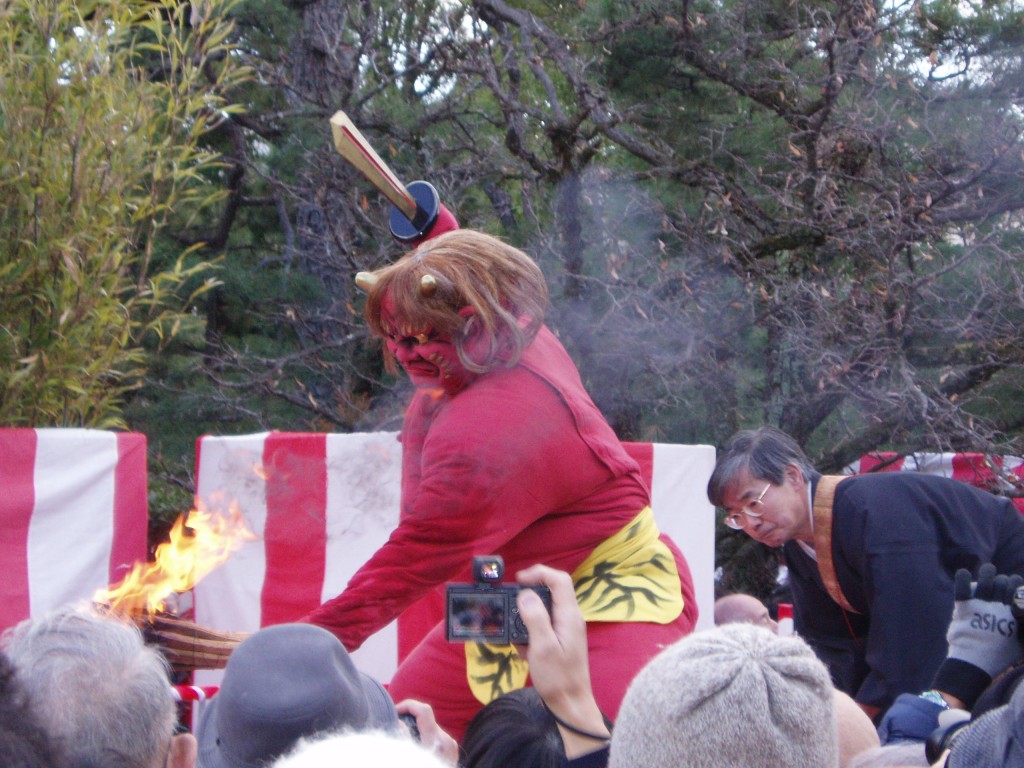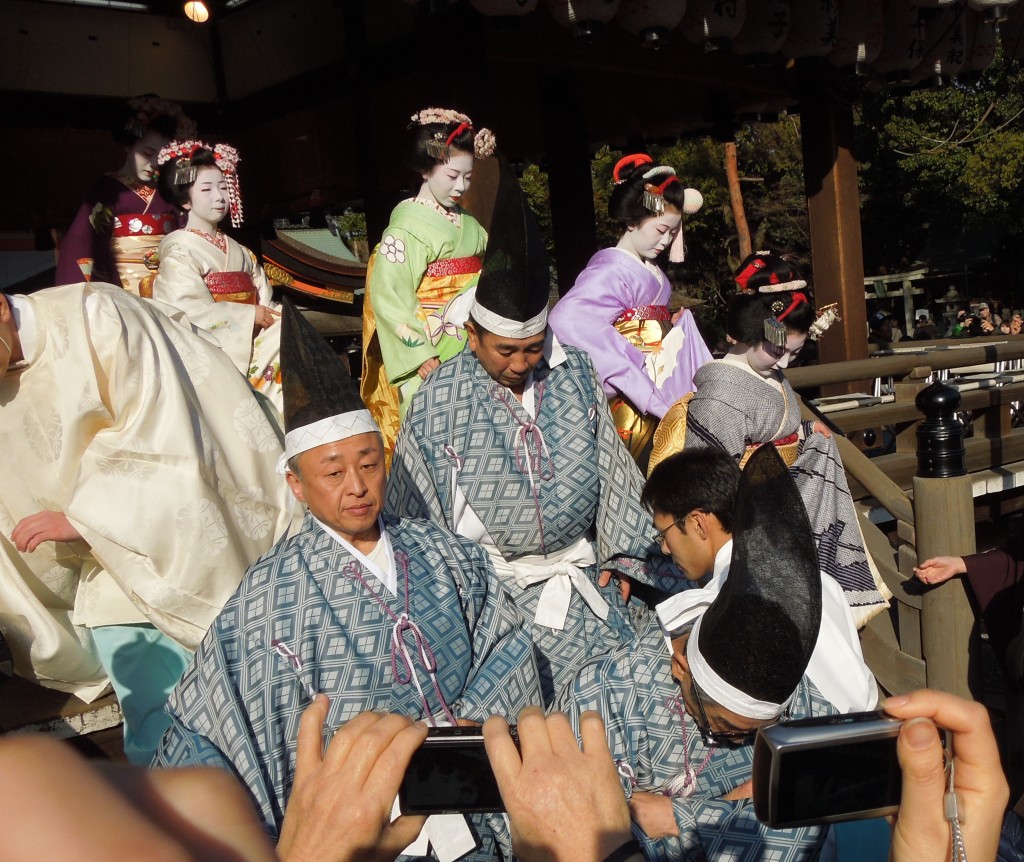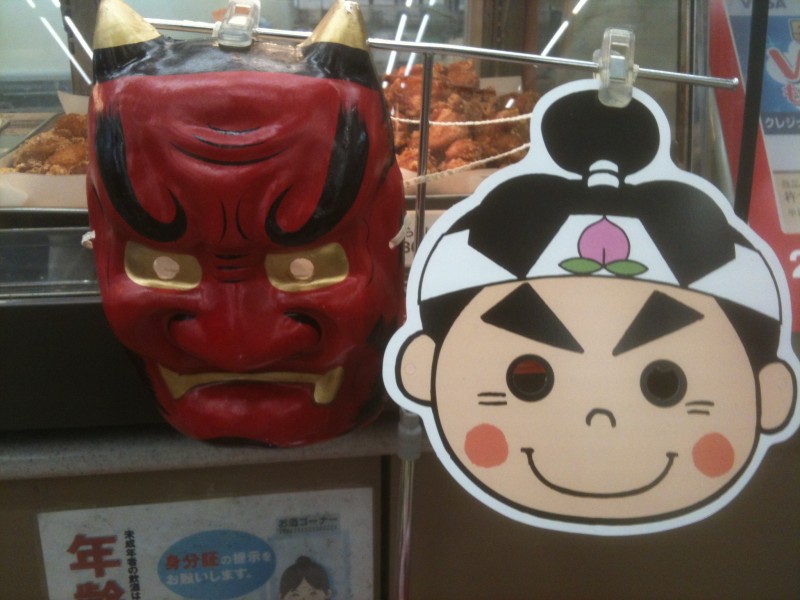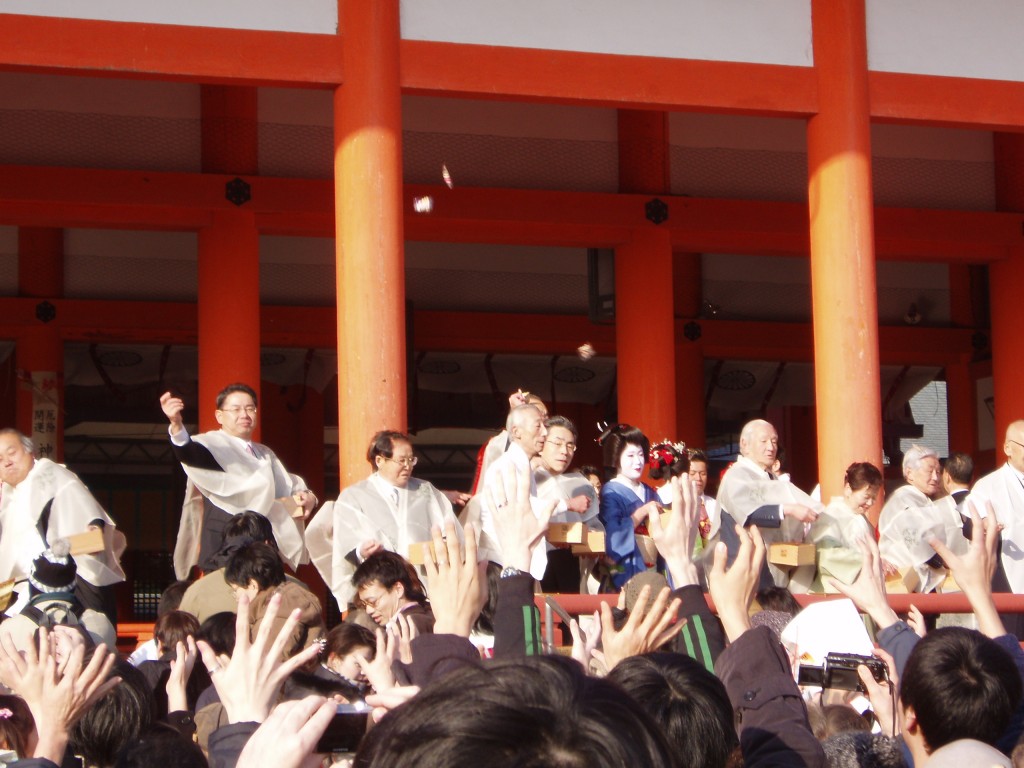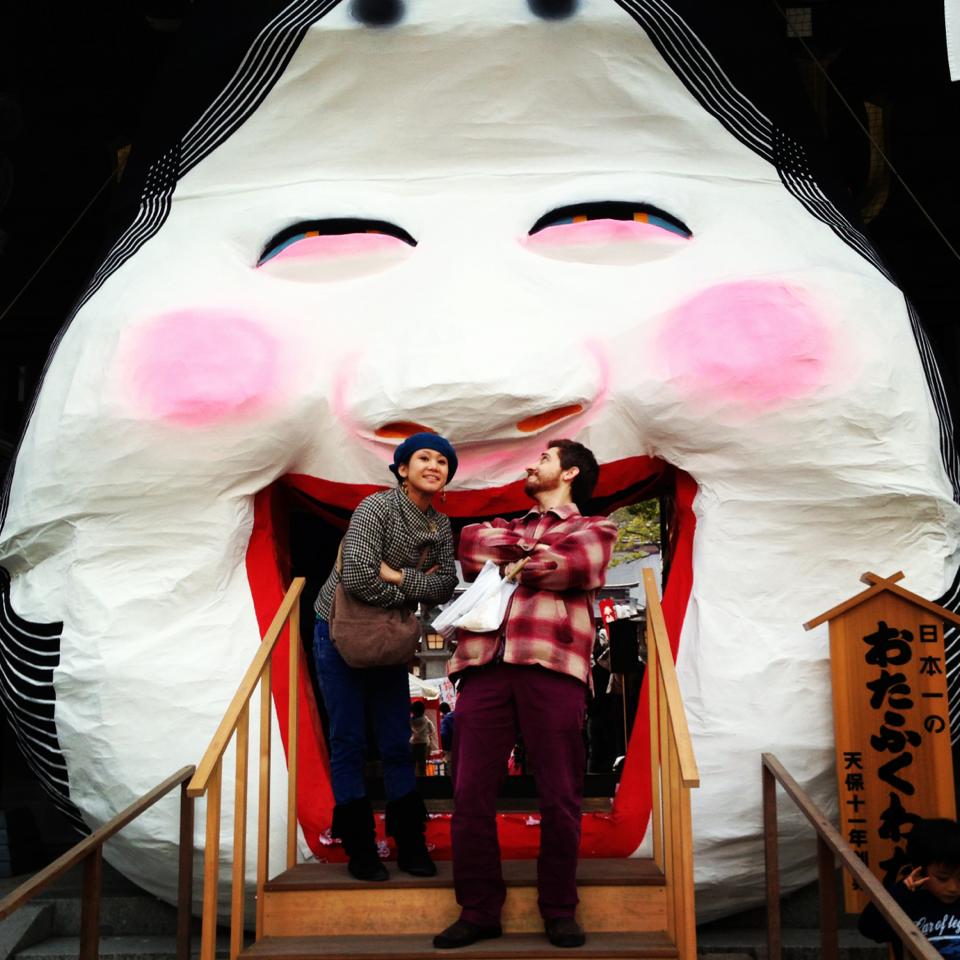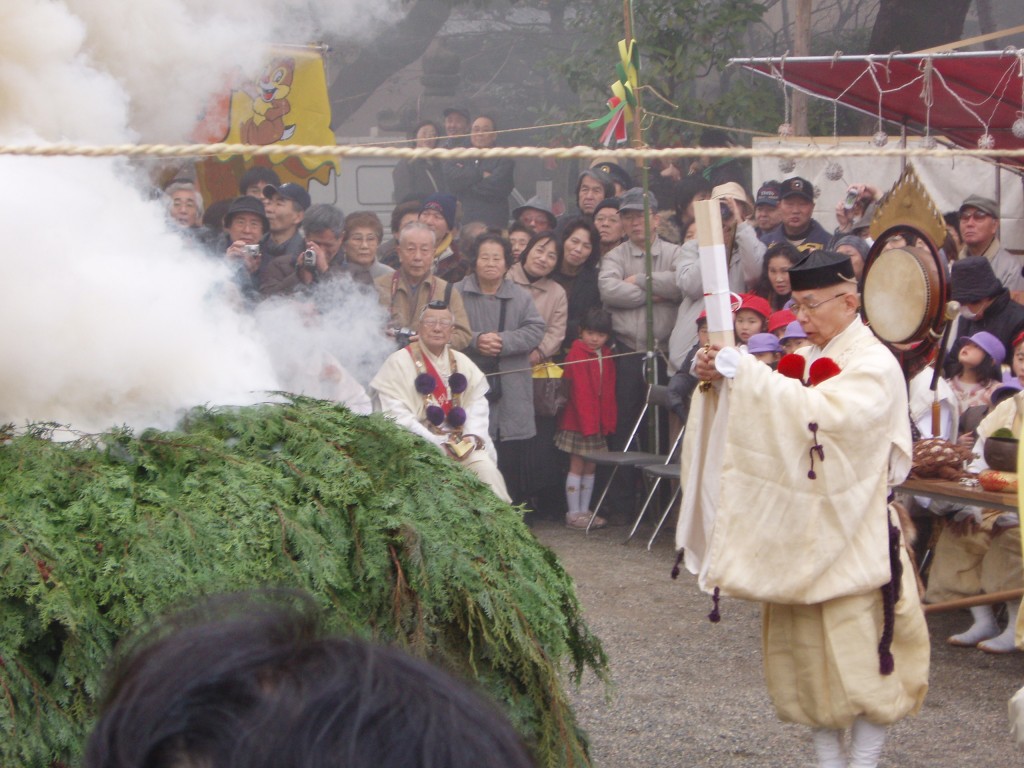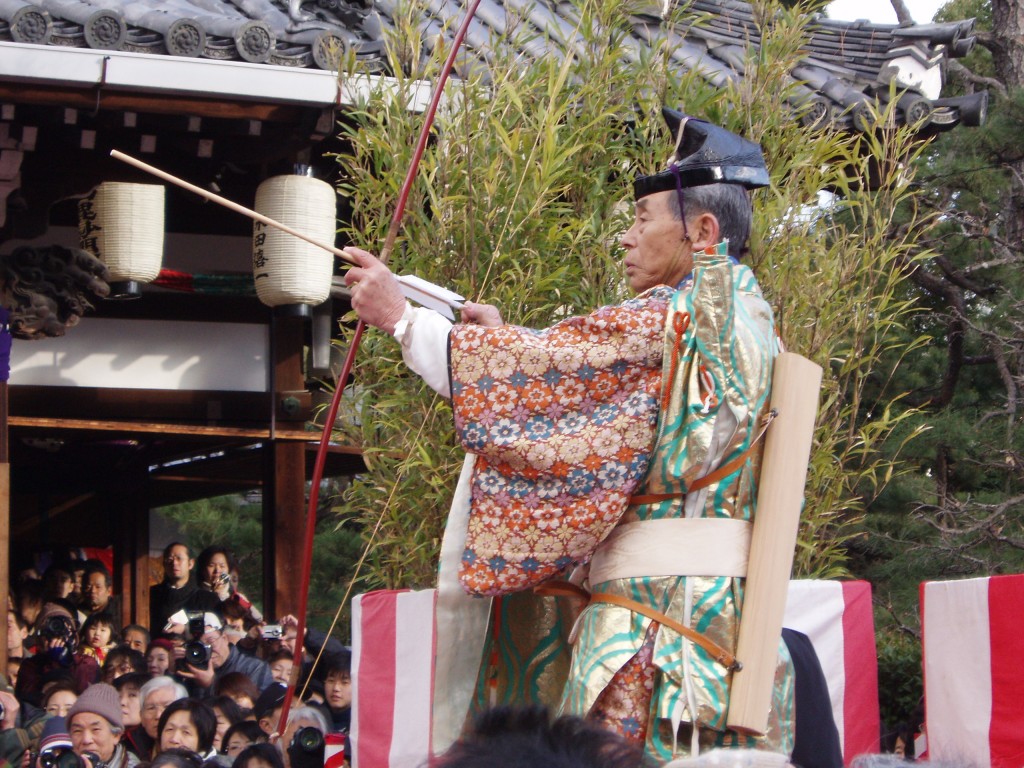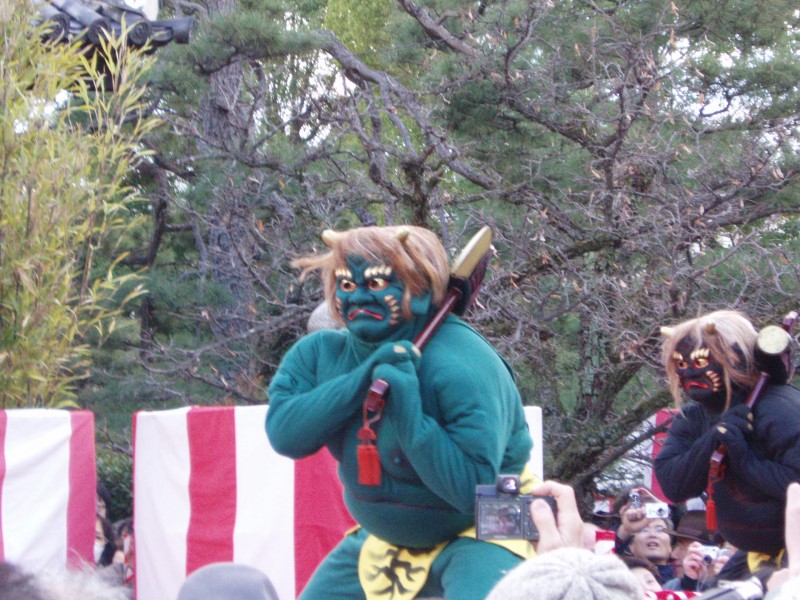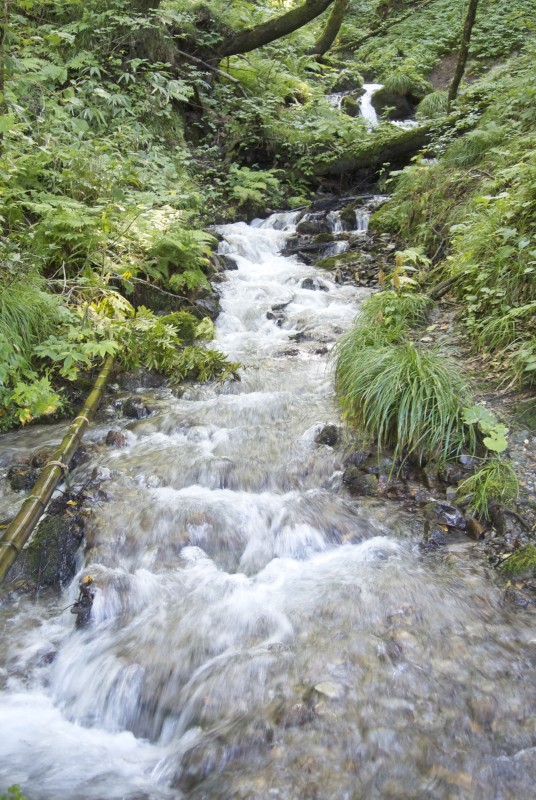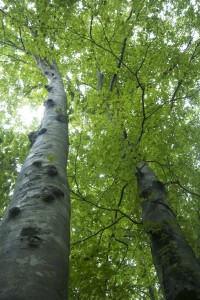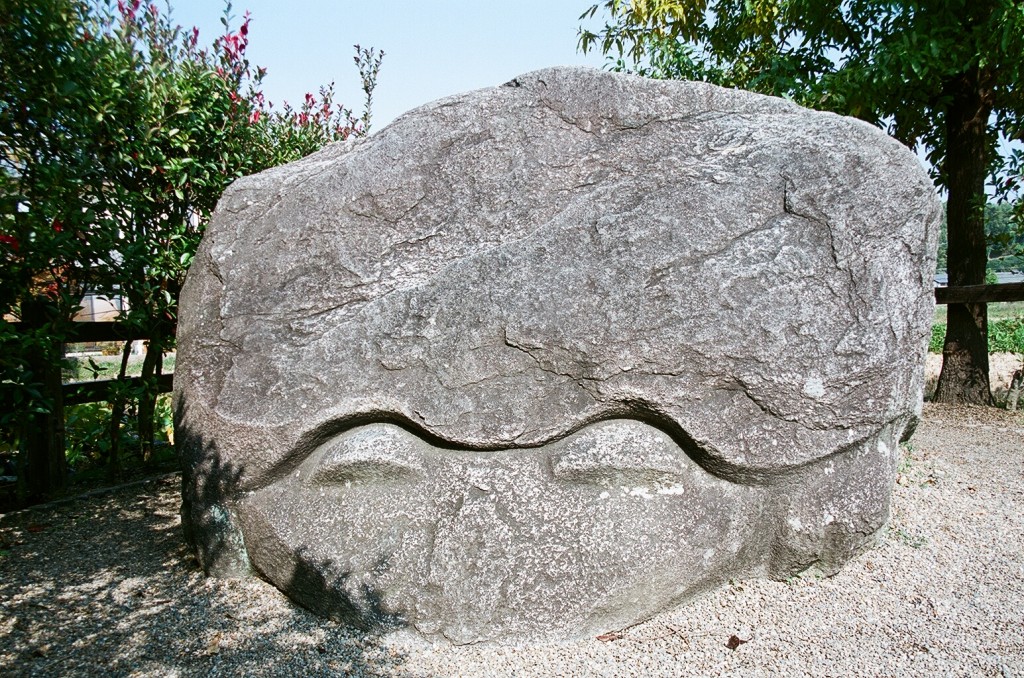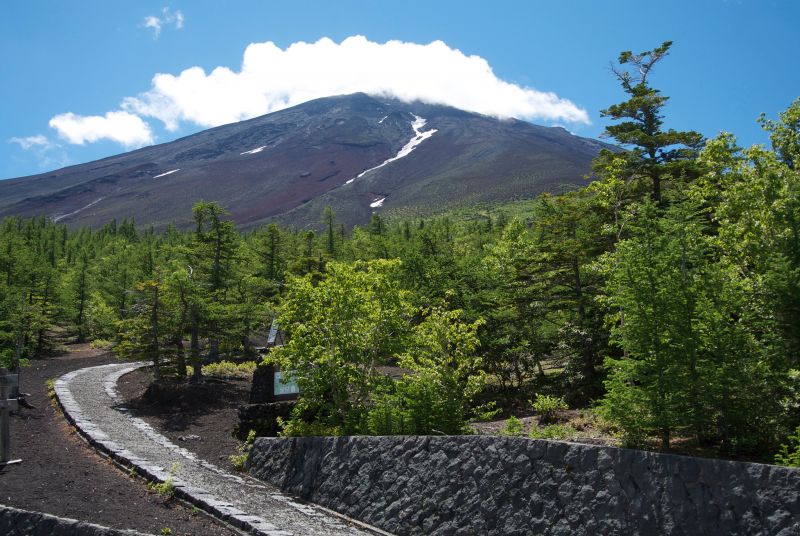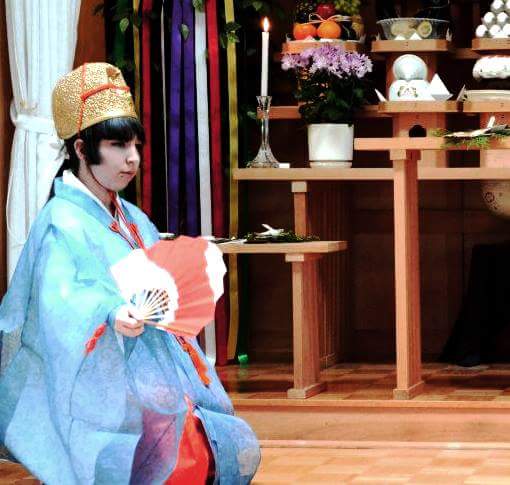
Olivia Bernkastel performing ‘kibimai’ dance for the kami (Photos courtesy Bernkastel)
1) Could you tell us how you came to be a Konkokyo priestess?
It’s a bit of a long story, but the beginnings were when I met the Konkokyo shrine in Toronto in April 2011. I had practiced Jinja Shinto before, so I had noticed the chigi [see photo below] on the Toronto shrine roof. I wondered if it was a Jinja Shinto shrine, so I when got home, I read about Konkokyo online. I met with the Head Priest of the Toronto branch to talk to him and learn more. I ended up really liking it, and in October 2011 decided to attend services more often. It wasn’t until 2013 that I had the passing thought to maybe someday become a priestess. But I thought long in the future it could happen, not anytime soon. I mentioned it to my sensei (my teacher, head priest of the Konkokyo Toronto shrine) and a few others, but just as a long term goal.
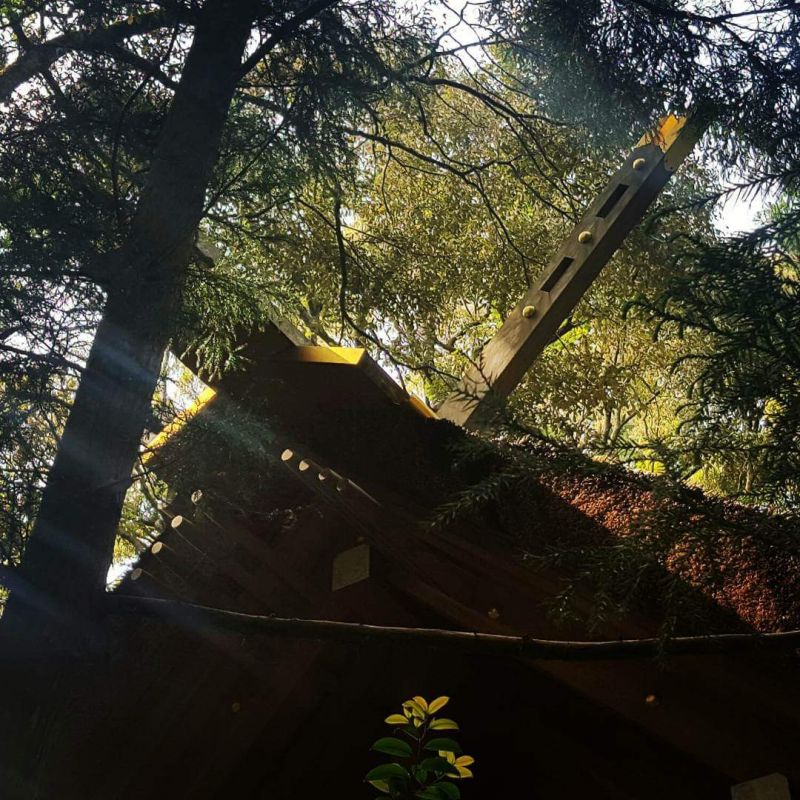
A shrine building with characteristic chigi crossbeams on the roof
The next year Konkokyo Chicago shrine’s 5th Anniversary was in November 2014. I was able to dance kibimai, a type of ancient kagura dance from Okayama prefecture. After the dance and during the dinner party, a priest called me over and asked if I still wanted to be a priestess. I said of course!
After that, things began to be organized to start training. I did the training program; which consisted of six months training in North America, and then six months training in Japan. On October 22nd, 2015, after completing all the requirements including an official interview by a group of head priests, and the approval of the head of the Konkokyo faith, I was officially ordained as a priestess and received my license.
2) As a priestess what are your duties and how large is your group?
My duties are to basically serve both the Kami-sama of our shrine and people. What this entails is doing the monthly ceremonies for Kami-sama, preparing offerings, keeping the shrine clean, helping others in the community (people in the shrine and outside), keeping the community clean as well, and a duty unique to Konkokyo clergy called toritsugi mediation.
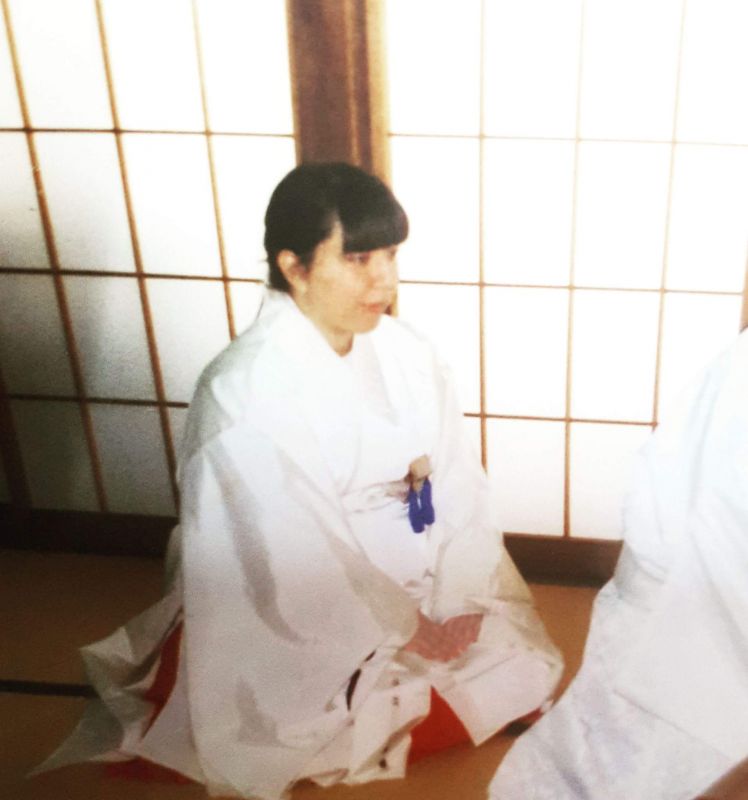
Olivia in priest uniform
What toritsugi mediation is: if there is someone who comes to a Konkokyo shrine and needs to talk about any problems, or express gratitude to Kami-sama, the priest or priestess acts as the mediator between the person and Kami-sama.
So in my case as an example, the person relays everything they want to vent or tell Kami-sama to me, then I go to tell Kami-sama in prayer right after. Then if Kami-sama has a reply for the person, I will listen to it, and also relay it back to the person. If there isn’t a reply at the time, I will still pray about their requests daily, and let them know if there was any message from Kami-sama later on. In a practical sense as well, it’s also an open opportunity for people to be able to come anytime and talk to the priest or priestess about something on their mind, to have someone that will listen to them or anything on their mind sincerely.
In our shrine itself, I’m not sure exactly, since we don’t strictly keep membership nor have any conversion process in Konkokyo. We do have dedicated ujiko, or shrine parishioners, and shrine elders (called shinto sodai, or simply sodai). But regular sanpaisha, or visitors to the shrine, can vary depending on the event and day, and we don’t keep records of them. If someone does toritsugi mediation, we do record their name in a confidential prayer book to Kami-sama, but it’s not a membership book, it’s for Kami-sama and to tell Kami-sama the person’s name when we pray.
3) In global terms, how large a presence does Konkokyo have?
I think the latest number in terms of registered ujiko /shrine parishioners, the number varies between (rounded) 450,000 to 500,000 people, but again there are many unregistered people and visitors, so I’m not sure of the exact number. To put it in perspective, there are more Konkokyo shrine branches in Japan than there are Starbucks branches in Japan! (I was honestly pretty surprised at that myself.)
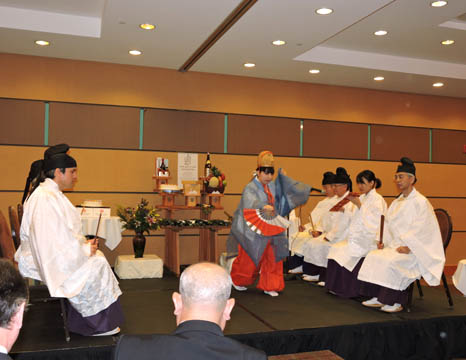
Konkokyo ceremony with Olivia dancing
4) How would you explain the main difference between Konkokyo and mainstream Shinto?
This question is a little tricky, since both Konkokyo and Jinja Shinto (mainstream Shinto) have no strict dogma or doctrine, and it’s hard to specifically define the differences as well. In addition we have many similarities if not in general the same – such as shared ritual style, and the way to do offerings is the same standard, and there are the same beliefs and way of living. But I think the biggest difference (and a major reason that made me prefer to dedicate to Konkokyo) is toritsugi mediation, the practice unique to the faith.
As for other differences…It’s a common misconception Konkokyo is monotheist, but we are not. If anything, traditionally and in our shrines, we are more henotheist. We place a focus on Tenchi Kane no Kami-sama (the kami-sama of our shrine), as well as the mitama no kami (divine ancestral spirits or spirits of people who have passed away) but respect and honor all other deities and faiths equally. In fact, a lot of teachings of Konkokyo say to always bow when passing in front of another shrine or temple.
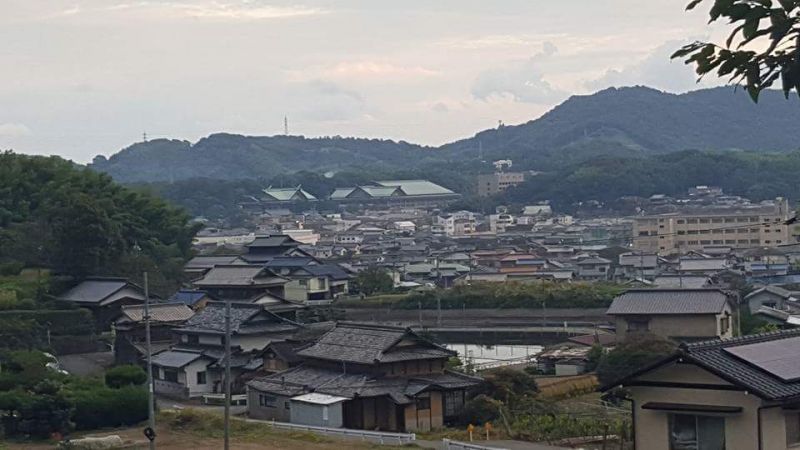
Konko Town
That being said however, individual seekers of the faith don’t have to be strictly henotheist to Tenchi Kane no Kami-sama. They can pray to the kami-sama closest to them and also ask for help from Tenchi Kane no Kami-sama, or even take a more polytheist approach. Even still, some prefer to view Tenchi Kane no Kami-sama in a monotheist sense. We don’t have a strict dogma, so it can vary for people, which is where a lot of confusion can come from.
For clergy, we focus on Tenchi Kane no Kami-sama and the mitama-sama, but still respect or can visit shrines and temples of other kami-sama’s and buddhas. In a few examples I saw here in Japan as well, Konkokyo clergy can also help serve ceremonies for kami-sama’s at Jinja Shinto shrines, but can only do so in the second rank position (not head priest position) unless there’s a special circumstance.
In Konkokyo, we don’t have the concept of most important deity or shrine ranks. This is a bit of a difference with Jinja Shinto, as Amaterasu Omikami-sama is the deity who has the most focus and seeing her as the highest deity (such as placing her ofuda in the highest position in the kamidana for example), as well as Ise Kotaijinguu having the highest rank as the most important shrine.
In addition, while Jinja Shinto has stricter guidelines for how to set up a kamidana or build a formal shrine, there is no strict guidelines or rules how to make a kamidana or shrine style in Konkokyo. So it’s a little more relaxed in that sense as well. We still need to do the rituals, offerings, and manners to Kamisama strictly like in Jinja Shinto, but the architectural style or aesthetic of the shrine or kamidana itself can vary. We do have traditional guidelines, but they do not need to be strictly followed.
We also don’t have juyosho (amulet office) for omamori or ofuda like Jinja Shinto shrines. This is because the kami-sama of our shrine said in an oracle from the late Edo era not to sell them, so people won’t feel like they can’t receive blessings or have kami-sama’s presence near them if they can’t afford omamori or ofuda. This also ties into why we don’t ask for donations or membership fees, nor do we have set ritual fees in the present day.
5) Why do you think Shinto sects like Konkokyo, Omotokyo and Tenrikyo have been successful in spreading overseas whereas Shrine Shinto (Jinja Honcho) seems uninterested?
This is also a tricky question. While I have friends and know fellow priests who are Oomotokyo and Tenrikyo, I don’t know much about the organizations or outreach of the faiths, nor should I speak on their behalf. But, for Konkokyo, the reason there are so many branches overseas is mostly because of immigration of Japanese people around the world at the turn of the century. Most of the branches in North America are very old, pre-WWII. It was due to immigration of Konkokyo families or priests and priestesses.
The way branches usually start up, whether overseas or in Japan, is: a group of believers, or a priest or priestess sets up a small shrine in their home. If there is a priest or priestess present, they also offer to do toritsugi mediation for the community and other prayer services and host monthly ceremonies, whether in the home or renting a space. If the group of worshipers gets large enough, the home space is registered as a non-profit religious center. And if it grows big enough to make a formal shrine building, then all the community come together to fund and build it. There is no money given from the head shrine/Konkokyo headquarters; every branch is self-sustaining and self-built by the local community and their donations. Same for buying the ritual tools and sacred items, most if not all are donations.
We are strictly not allowed to do proselytization, as in going to others’ homes or trying to spread Konkokyo aggressively. But outreach is okay, as in letting others know about the faith, especially that they can do toritsugi mediation anytime no matter their background or religion. For someone to make their own personal enquiry, the choice to want to learn more is the best route. As well, people don’t need to leave their religion or give up faith in their main deity if they also want to be Konkokyo as well, so we are open in that sense too.
One of our main teachings is to not rely on people to build a shrine, so we don’t ask for any building donations or set up a fund to build one. We should rely 100% on Kami-sama for a shrine, with a sincere heart to wish building one would help the community; both Kami-sama and people. Then, things tend to happen naturally. In my own personal experiences, and foundation stories I’ve heard, that is how branches and the faith has grown a lot.
As for Jinja Shinto and Jinja Honcho…I’m not sure entirely. There were many shrines overseas as well, same as Konkokyo, before WWII (though before WWII they would have been State Shinto shrines). It seemed to follow the same pattern, that shrines would follow with Japanese immigration. Hawaii is a really good example of many Japanese religious places existing together. Konkokyo, Izumo Taishakyo, Tenrikyo, Jinja Honcho shrines (such as Hilo Daijingu), and various branches of Buddhism can be found in one state.
I think there may have been a big hit after WWII, especially with the dissolution of State Shinto in 1945 to the creation of Jinja Shinto afterward organizationally, so the chance or ability to have Jinja Shinto shrines was more difficult. But nowadays I see more Jinja Shinto presence as well, especially with Tsubaki Grand Shrine of America with Reverend Koichi Barrish, and the shrine’s community efforts, as well as the upcoming Shusse Inari Jinja community. In addition the newly built San Marino Jinja in Italy, I think there will also be a spread for Jinja Shinto in the coming years!
6) On your visits to Japan, what are the places that impressed you most, and what are the best experiences you have had?
My absolute favourite place personally is Goreichi, or the sacred grounds of Konkokyo. It’s officially called “Konko Town”, or “Konkocho”, a small area of the larger Asakuchi Town. It’s a very simple, super rural, small town in Okayama prefecture. But that’s what’s so charming and spiritually powerful about it I personally feel. It feels almost like you go back in time to late Edo/Shinbutsu Shugo (Shinto and Buddhism side by side practice) era, the time when Konkokyo began. It’s a quiet place full of nature and spiritual power. There are many old shrines around and hidden shrines, and surrounded by farmland on the outskirts. It’s one of my favourite places. I did priestess training in Konko Town for 6 months, and it was a great place to develop spiritual senses. I spent so much time to explore and feel the power of the grounds, and just meditate and enjoy the atmosphere.
After Goreichi/Konko Town, of course my second favourite place (maybe on a par) was Ise Kotaijinguu. The only downside being the bustling and the tourist feeling of the area (for example, people taking a photo in front of the main torii instead of greeting Amaterasu Omikami-sama first before the photo) – but the Grand Shrine itself was so beautiful and powerful, and had such an ancient power. I loved Geku (the outer shrine) a lot, but Naiku (the inner shrine) was just amazing. My favourite time to go was at 6am, right at the sunrise and so quiet, not many people around. The most power I could feel then. I absolutely loved it there.
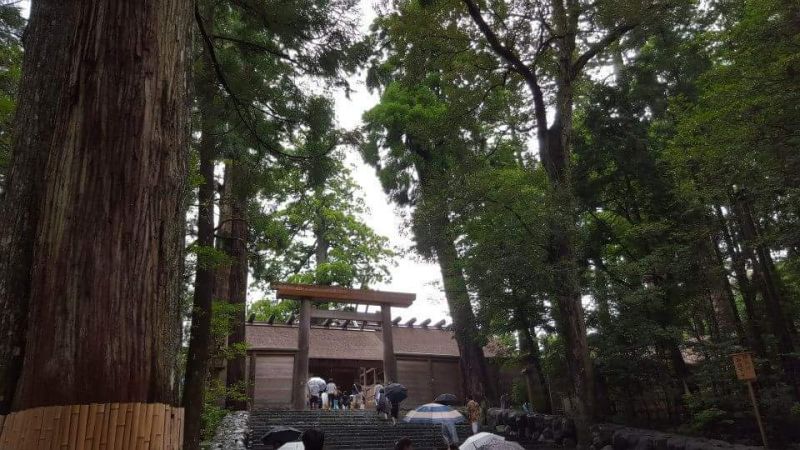
The main shrine at Ise, known as Naiku
I spent a week in Ise and most of my time was just to go make the full omairi (sacred visit); I walked to Geku and paid respects to Toyouke Omikami-sama there, then walked to Naiku to greet and pay respects to Amaterasu Omikami-sama at sunrise. Then I would just kind of sit on the far side stones and just feel the energy from the shrine. By 11am it began to get really busy, so I would then walk around and see the grounds, the museum at Geku (highly recommend!) and Okage Yokocho, the shopping street was also fun. About sunset, when the visitors would begin to dwindle, I’d also stay at Naiku to watch the sunset. I did that every day the week I was there. I went again in 2016 and 2017, and I plan to go annually alongside visiting Goreichi annually (they are relatively close to each other via shinkansen).
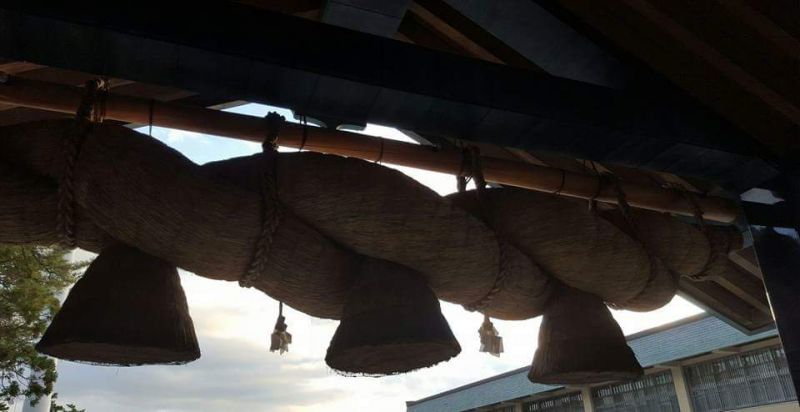
The great shimenawa rope at Izumo Taisha
The next favourite place was Izumo Taisha. I was lucky to go in October (Kannazuki, or Month of Kami, when most of the kami of Japan are said to meet at Izumo Taisha). It felt so strong at that time. Not only Izumo Taisha itself, but even the surrounding San’in Region was so powerful as well. I remember we visited many of the shrines around there and they also felt so strong and ancient, and very earthly. I still can’t forget when my friends and I were driving to Izumo Taisha, I had a sudden striking feeling in my chest. I checked the map on my phone, and I realized we had passed by the legendary entrance to Yomi in the region. I had thought it was only just a legend, but that feeling just in the car I can’t forget. It was one of the many experiences that confirmed the reality of spiritual power to me.
I have probably visited over 100 shrines and temples at this point, all around the country. But these three places are definitely my personal favourites and most powerful to me. Of course there were so many other beautiful powerful places, so it was really hard to think about the main ones. I think every spiritual and sacred place is definitely special in its own way – just these three were the most special for me personally speaking.
********
For the Konkokyo home page, click here. For more about the sect, see the Wikipedia page here.
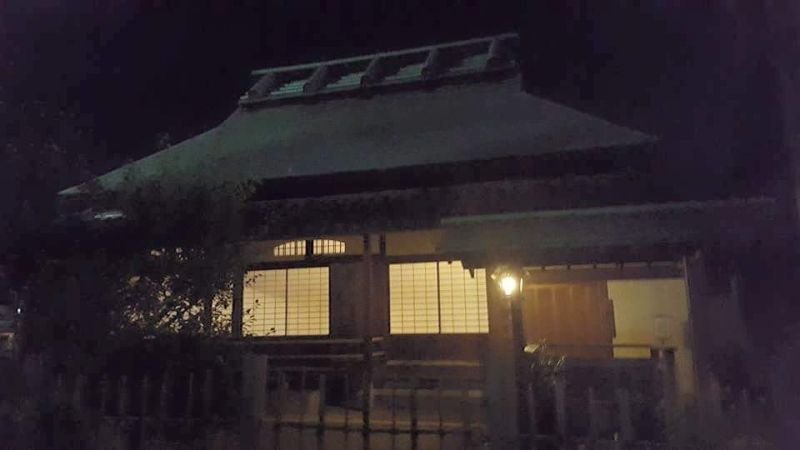
Rikkyo Seijo, the place where ‘toritsugi’ mediation was first practiced
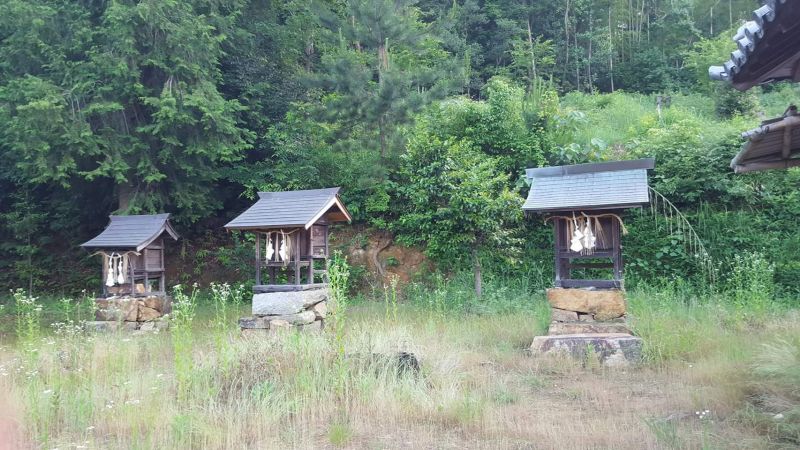
The three hokora that stand between Hayama Jinja and Ko Jinja, two of Konkokyo’s most important shrines
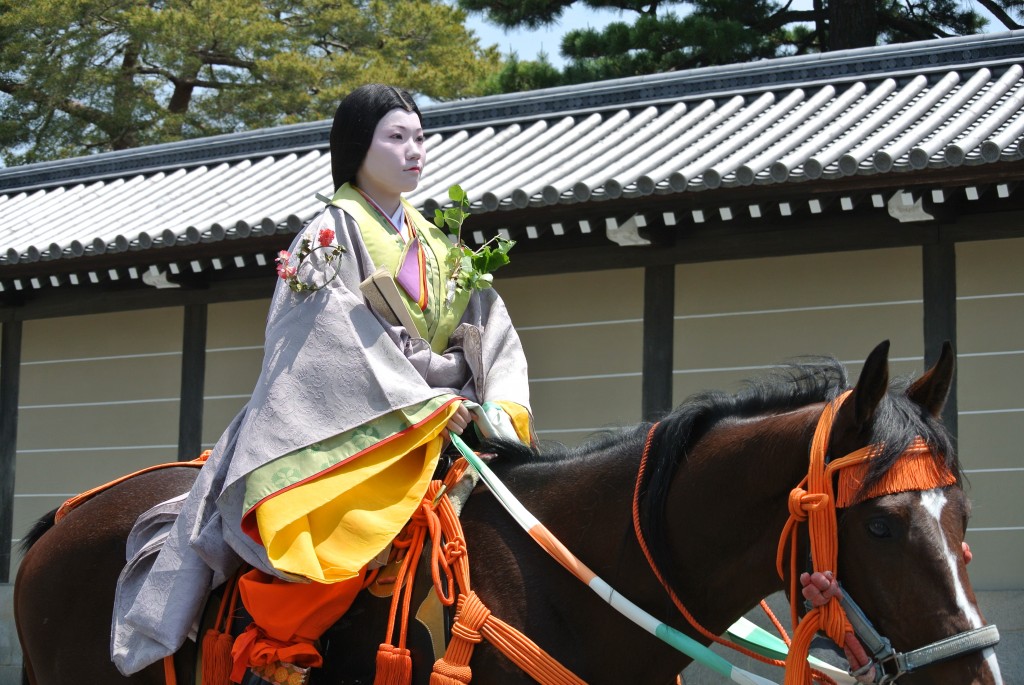
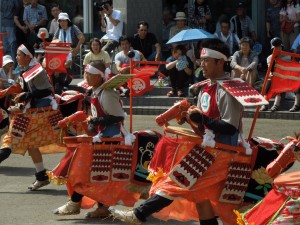
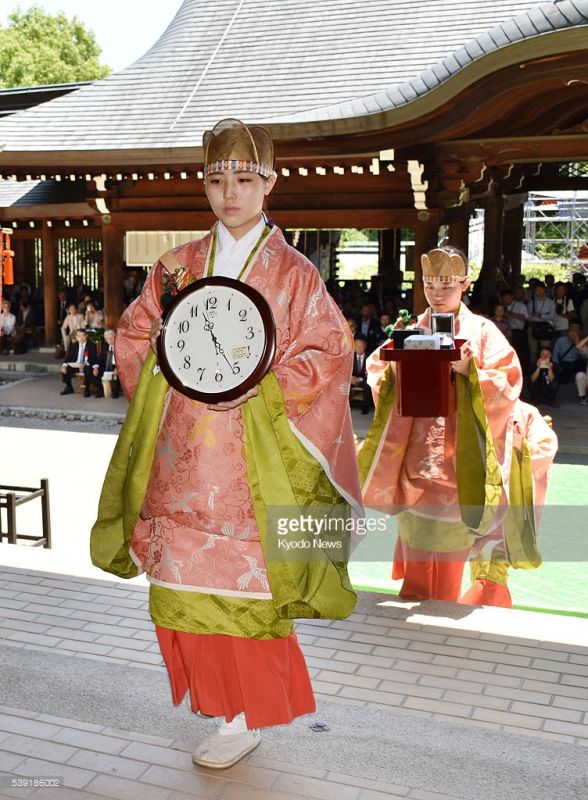

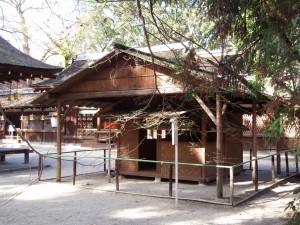
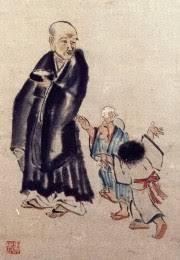 Ryokan Taigu (1758-1831) was the son of a town elder in Niigata who looked after the local shrine and performed its rites. Ryokan didn’t want to take over the position and instead joined the Zen sect, studying at a temple in Okayama and later becoming a wandering monk. He returned in middle age to his hometown, where he lived in a hut on a hill just outside the village. Here he wrote much of the poetry for which he is famous. He also wrote calligraphy but his chief joy was in playing games with the village children. When he became too old to maintain his solitary lifestyle, he moved down to live in residence at a shrine at the base of the mountain. ‘I feel like a ritualist,’ he said. The daily offerings and obeisance he made to the kami went along with his Zen practice and meditation.
Ryokan Taigu (1758-1831) was the son of a town elder in Niigata who looked after the local shrine and performed its rites. Ryokan didn’t want to take over the position and instead joined the Zen sect, studying at a temple in Okayama and later becoming a wandering monk. He returned in middle age to his hometown, where he lived in a hut on a hill just outside the village. Here he wrote much of the poetry for which he is famous. He also wrote calligraphy but his chief joy was in playing games with the village children. When he became too old to maintain his solitary lifestyle, he moved down to live in residence at a shrine at the base of the mountain. ‘I feel like a ritualist,’ he said. The daily offerings and obeisance he made to the kami went along with his Zen practice and meditation.